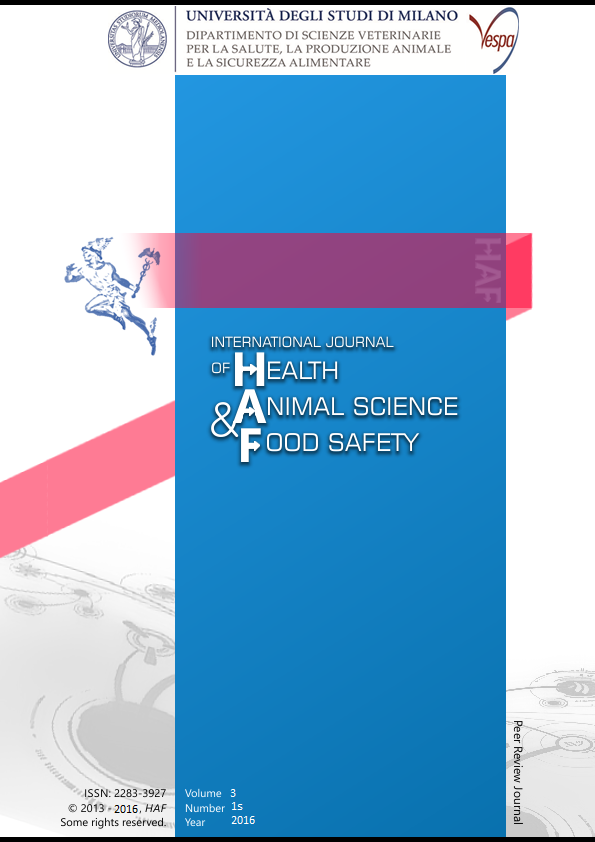Abstract
The oocyte is the foundation of life. It develops from a single fertilized cell to a multicellular organism capable of an independent existence. Competence to achieve this maximum potential is acquired following the protracted, but, highly co-ordinated process of growth and subsequently, maturation. The environment in which all or part of these processes occur, can ultimately have long-term consequences for female fertility and the health of resulting offspring.
The pressure to identify and select oocytes or embryos with the highest developmental potential has intensified as the number of patients and the range of options available to them have increased. In particular, as in vitro maturation and single embryo transfer become more routine in assisted reproductive technology, selection is critical to a successful outcome. Moreover, the identification of markers of oocyte health and quality is essential to monitor the impact of these technologies on gametes and embryos.
Technologies, such as transcriptomics, proteomics and metabolomics, offer more sophisticated methods for oocyte and embryo selection, with the emphasis on the predictive value of non-invasive protocols which profile follicular fluid, follicle/ granulosa cells and cumulus cells, for assessment of oocyte quality. Using the bovine as a model, we have employed a range of approaches and identified many potential markers, such as oocyte and cumulus candidate proteins and transcripts and follicular fluid fatty acids and amino acids. The models, technologies, and future strategies will be discussed in detail.
This work is licensed under a CC BY-SA 4.0 international

